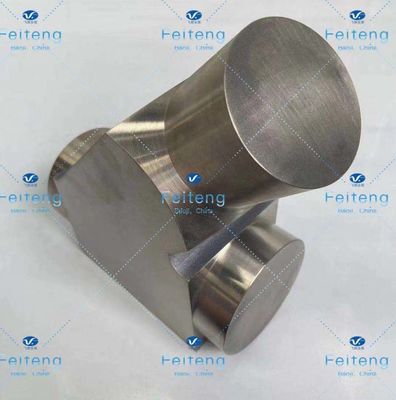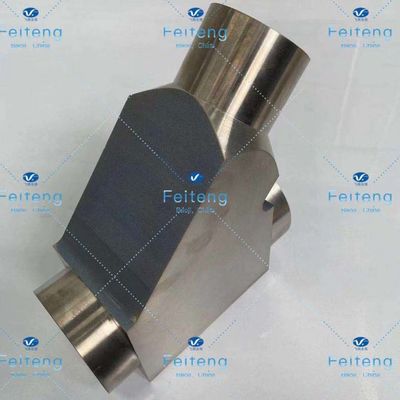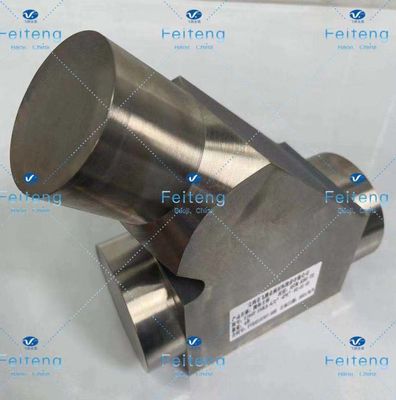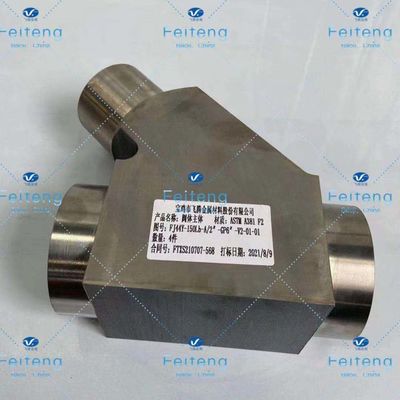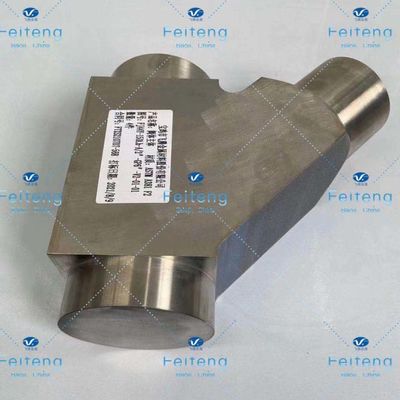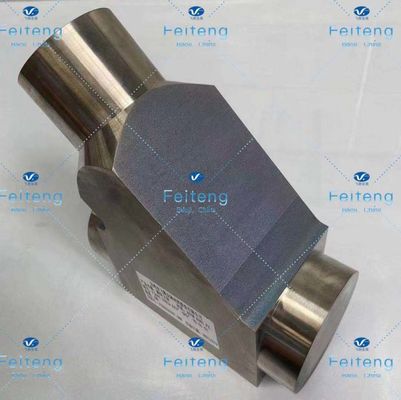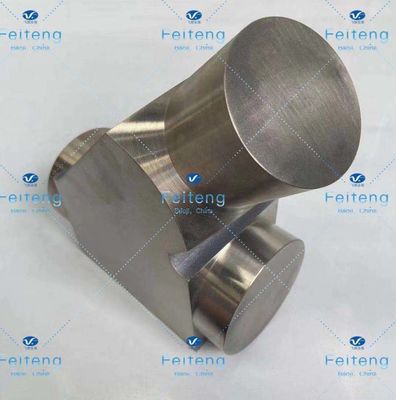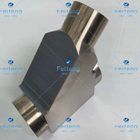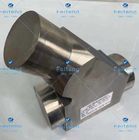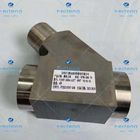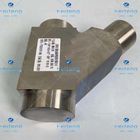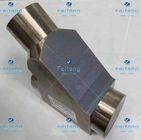8.9kg Feiteng Titanium Valve Body Custom Titanium Parts
| Place of Origin | Baoji, Shaanxi, China |
|---|---|
| Brand Name | Feiteng |
| Certification | GB/T19001-2016 idt ISO9001:2015 GJB9001C-2017 |
| Model Number | Valve Body |
| Minimum Order Quantity | To be negotiated |
| Price | To be negotiated |
| Packaging Details | Wooden case |
| Delivery Time | To be negotiated |
| Payment Terms | T/T |
| Supply Ability | To be negotiated |

Contact me for free samples and coupons.
Whatsapp:0086 18588475571
Wechat: 0086 18588475571
Skype: sales10@aixton.com
If you have any concern, we provide 24-hour online help.
x| Origin | Baoji, Shaanxi, China | Material | Titanium |
|---|---|---|---|
| Brand Name | Feiteng | Grade | Titanium Gr2 |
| Packaging | Wooden Case | Specification | GB/T19001-2016 Idt ISO9001:2015 GJB9001C-2017 |
| Highlight | Feiteng Titanium Valve Body,8.9kg Titanium Valve Body,Valve Body Custom Titanium Parts |
||
Titanium Valve Body Titanium Gr2 ASTM B348 Custom Titanium Parts Drawings to customize
|
Name |
Valve Body |
| Grade | Gr2 |
|
Standard |
ASTM B348 |
|
Connection |
Flange |
|
Weight |
8.9kg |
|
Port of delivery |
Xi'an port, Beijing port, Shanghai port, Guangzhou port, Shenzhen port |
The valve body as a structural material has good mechanical properties, which because of the low density of titanium, high specific strength. It can be used as a load-bearing part in metal materials. Heat and corrosion resistance is relatively strong, can do high temperature parts. The products shown here are manufactured to specific customer requirements and indicate the type of manufacturing capacity of Feiteng. The company can be completed according to the drawings and data provided by the customer. Titanium valve body are forging in strict accordance with the size required by customers. Ensure the fit of the other parts connected. Can be modified according to customer needs. Valve body can be applied to medical equipment, chemical equipment, aircraft and ship connection parts. Better play the role of the product.
Main advantages
- Low Density and High Specification Strength
- Customer request customization
- Excellent Corrosion Resistance
- Good Resistance to Effect of Heat
- Excellent Bearing to Cryogenics Property
- Good Thermal Properties
- Low Modulus of Elasticity




